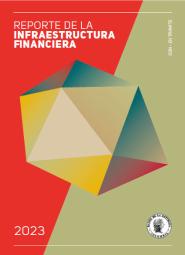Fiscal impact of the Venezuelan migration
The working paper series Documentos de Trabajo sobre Economía Regional y Urbana is published by Banco de la República (Central Bank of Colombia). The findings and opinions are those of the authors and do not reflect the views of Banco de la República or its Board of Directors.
The opinions expressed in this document are those of the authors and do not necessarily reflect the views of Banco de la República or its Board of Directors..
ABSTRACT
The aim of this paper is to quantify the fiscal impact of Venezuelan migration between 2017 and 2019 and to estimate its cost in the medium term, under different migration scenarios and access to public services provided by the government. Likewise, we address some operational and budgetary problems of local government facing the phenomenon of migration. According to the national government, the cost of the provision of health services, education and early childhood education represented 0.12% of GDP in the period 2017-2019. If the migratory process continues, the government will have to evaluate the allocation of new fiscal resources to attend the provision of services offered to this population group. According to the different scenarios of migration and provision of public services, fiscal costs can fluctuate between 0.19% and 0.26% of GDP in 2020, 0.19% and 0.34% of GDP in 2021 and 0.20% and 0.42% of GDP in 2022. From the perspective of public income, the contribution of immigrants to national taxes is estimated for VAT and the corporate income tax. At the local level, there is no precise information on fiscal spending on programs targeting Venezuelan migrants, nor on municipal taxes paid by this population group. There is no consensus between the different government levels about who should pay for the expenditures associated with the attention of the migrant population. However, from a qualitative exercise, the particular cases of Bogotá, Barranquilla, Medellín and Cartagena are studied. Finally, we describe the government's strategy for migrants during the crisis generated by COVID-19.




















































